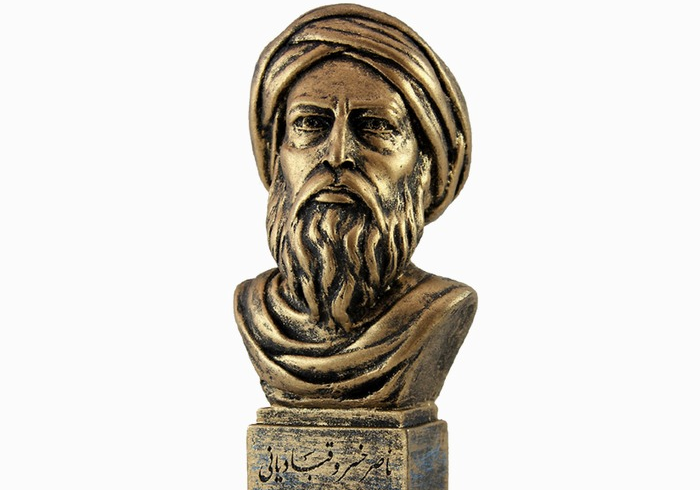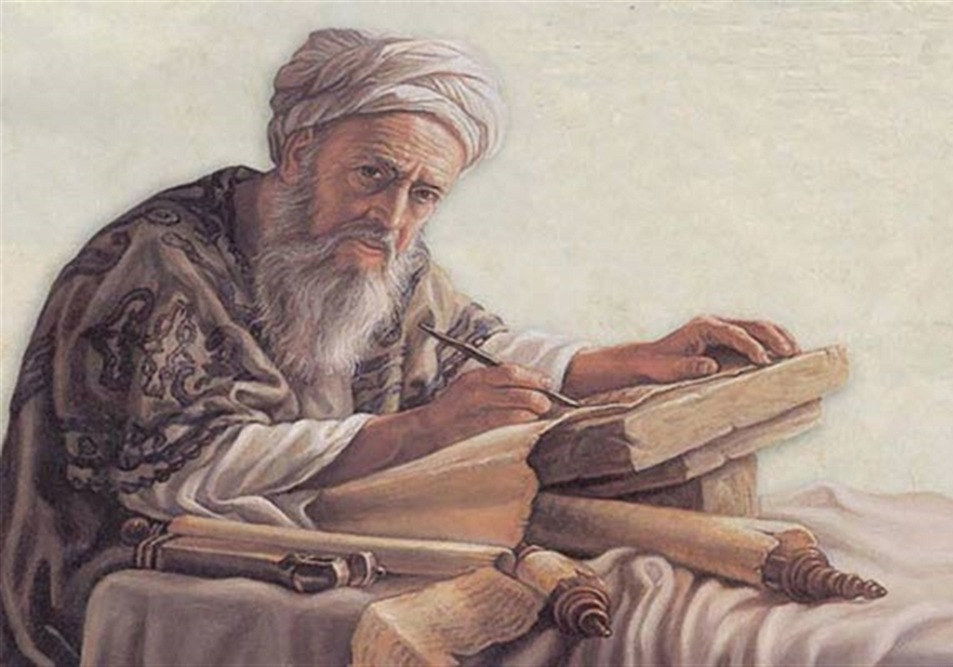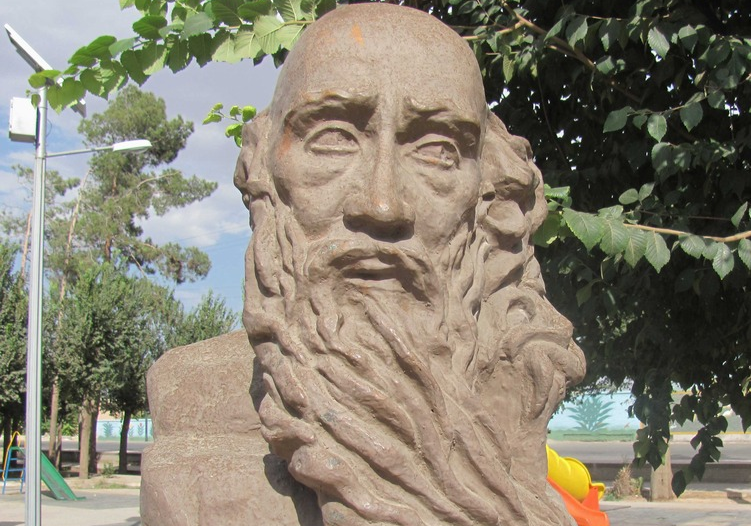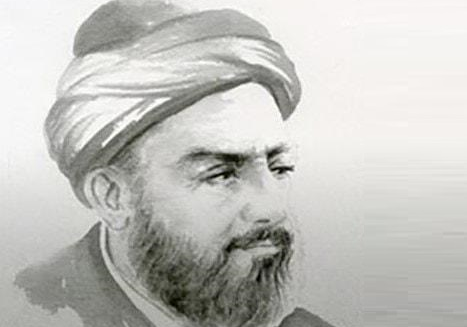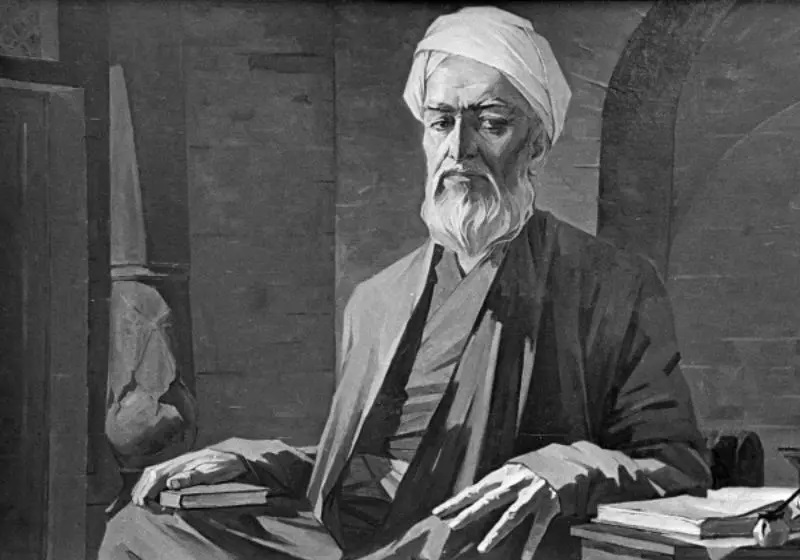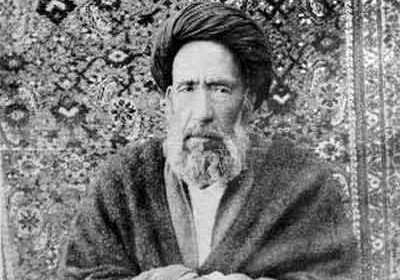
Khwaja Nasir al-Din Tusi, A Genius in Mathematics and Astronomy
Nasir al-Din Tusi was an Iranian polymath, architect, philosopher, physician, astronomer, and mathematician and is considered one of the greatest Shia jurists of the 13th century CE who also expanded the science of trigonometry. Born in the Saveh region of Iran Al-Tusi was also nicknamed as “Ustad al-Bashar”, “Aql Hadi Ashar”, and “Mu’allim-e Thalith”. His father, Muhammad ibn Hassan, was a famous jurist and scholar who lived in Tus. Al-Tusi learned jurisprudence and literature from his father. He also studied theology, mathematics, and natural sciences. He then moved to Neyshabur, which was an important center of scientific and research activities in those days to pursue his education. Al-Tusi was lectured by the likes of Muin al-Din Salim ibn Badran Mesri and Kamal al-Din Yunus, who were among the most prominent mathematicians of the time. He learned the peripatetic school of philosophy from Farid al-Din Damad Neyshaburi. Having gradually mastered all the quantitative and descriptive sciences, Nasir al-Din Tusi became a well-known scientist.
Establishment of an Observatory in Maragheh
Al-Tusi’s life coincided with the Mongol invasion of Iran. The Ismaili ruler of Qohestan, Naser al-Din Abdulrahman, made it possible for al-Tusi to live in Alamut, where he translated Ibn Miskawayh’s book “Tahdhib al'Akhlaq wa Tathir al'Araq” and called it “Akhlaq-e- Naseri”. He also wrote “al-Risalah Muiniah”. With the collapse of the Ismailis in Qohestan, al-Tusi saved his own life by surrendering to Hulegu Khan. Hulegu Khan helped him establish an observatory in Maragheh. The observatory was equipped with nearly 40000 books, making it the most centric place to acquire knowledge. Al-Tusi is said to have written 150 letters and treatises. In order to spread the Shia school of thought, he decided to write “Tajrid al-I’tiqad”. The book is surely one of the major academic sources in Shia seminaries.
A Genius in Mathematics
Al-Tusi wrote a critique of ancient mathematical and scientific works, including Ptolemy’s thoughts on astronomy. His books are known to be the foundations of today’s mathematics and trigonometry. He took on Khayyam’s incomplete job and expanded mathematics. On the other hand, he decided to pursue Khayyam’s work on geometry. In addition to that, al-Tusi analyzed and explained Euclid’s fifth postulate in “Al-Risalah al-Shafi’iyah”. Nevertheless, it was through the works of Al-Tusi that trigonometry achieved the status of an independent branch of pure mathematics. He invented a geometrical technique called “Tusi-couple” and gave an extensive exposition of spherical trigonometry. Many scientists consider him the creator of trigonometry. His books on trigonometry were translated into French in the 16th century. He is one of the greatest scientists of the Islamic Golden Age in Iran, which is why he is occasionally compared to Ibn Sina. Perhaps the only difference between Ibn Sina and Al-Tusi is that the former was a greater figure in the field of medicine.
Students and Works
Al-Tusi wrote a large number of books on jurisprudence, wisdom, logic, morality, medicine, astronomy, mathematics, literature, poetry, and music. Some of his famous students include Allameh Hilli, Kamal al-Din Afsati, Qutb al-Din al-Shirazi, Rukn al-Din Astarabadi, Ibn al-Fuwati, etc. Some of the notable works of Al-Tusi include Zij-e Ilkhani, Rawḍa-yi Taslīm, Akhlaq-e Nasri, Al-Risalah al-Asturlabiyah, Al-Tadhkirah fi 'Ilm al-Hay'ah, etc. Allameh Hilli has described Nasir al-Din Tusi as a scientific force to reckon with, and the top scientist of the time who wrote an extensive set of books on various disciplines.
Demise
Khwaja Nasir al-Din Tusi lived in Baghdad towards the end of his life, for he wished to be buried in Kadhimiya. He got sick right after completing the observatory. He passed away in 1273 on the occasion of Eid al-Ghadir as per his will was buried in Kadhimiya. 24th of February is dedicated to commemorating Khwaja Nasir al-Din Tusi’s legacy in the Iranian calendar.
| Όνομα | Khwaja Nasir al-Din Tusi, A Genius in Mathematics and Astronomy |
| Χώρα | Ιράν |
| Ψευδώνυμο | Khwaja Nasir al-Din Tusi |
| Χρόνος παραγωγής | Born: February 24,1201, Died: June 26,1274 |
| Έργα | Sayr wa-Suluk (The Voyage) - Autobiography[26] Kitab al-Shakl al-qatta Book on the complete quadrilateral. A five-volume summary of trigonometry. Al-Tadhkirah fiilm al-hayaah – A memoir on the science of astronomy. Many commentaries were written about this work called Sharh al-Tadhkirah (A Commentary on al-Tadhkirah) - Commentaries were written by Abd al-Ali ibn Muhammad ibn al-Husayn al-Birjandi and by Nazzam Nishapuri. Akhlaq-i Nasiri – A work on ethics. al-Risalah al-Asturlabiyah – A Treatise on the astrolabe. Zij-i Ilkhani (Ilkhanic Tables) – A major astronomical treatise, completed in 1272. Sharh al-Isharat (Commentary on Avicenna s Isharat) Awsaf al-Ashraf a short mystical-ethical work in Persian.[36] Tajrid al-Itiqad (Summation of Belief) – A commentary on Shia doctrines. Talkhis al-Muhassal (summary of summaries). Maṭlub al-muminin (Desideratum of the Faithful)[20] Aghaz u anjam - Esoteric interpretation of the Quran[21] |
| Τύπος | Academic |

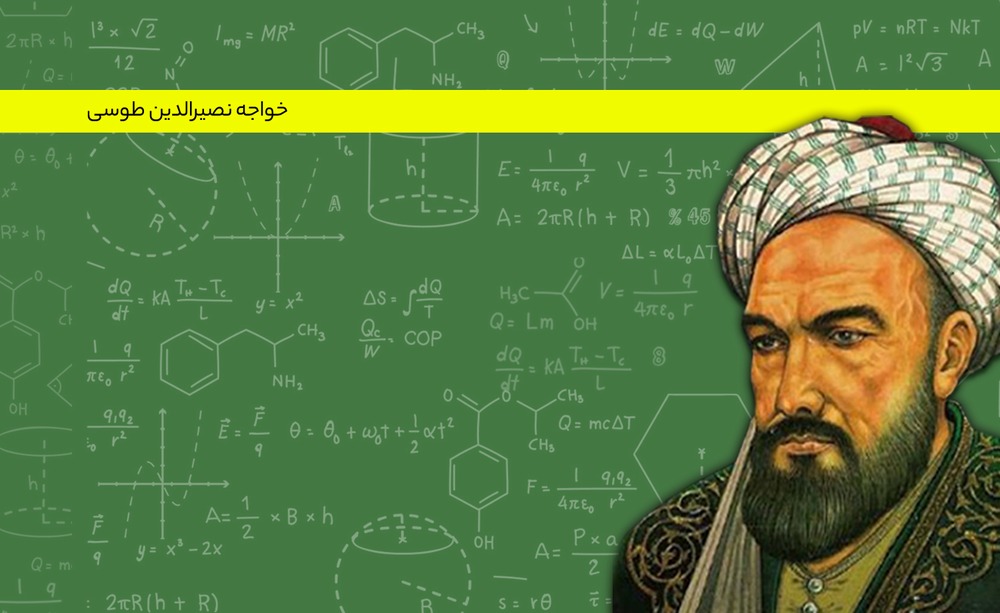
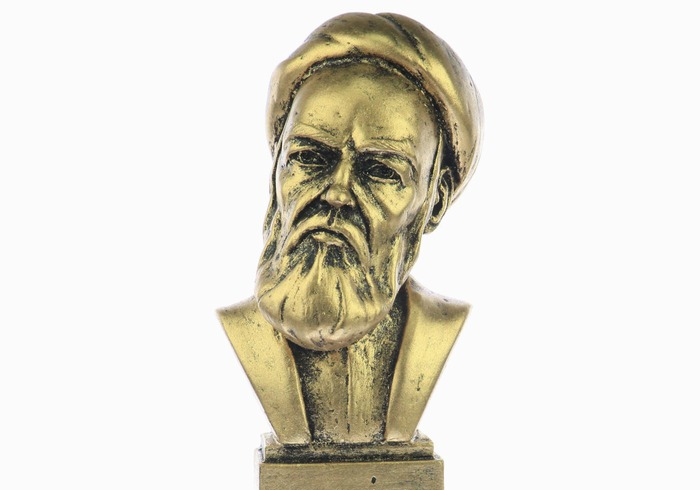
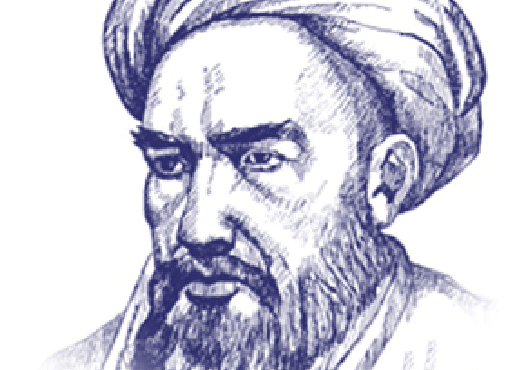
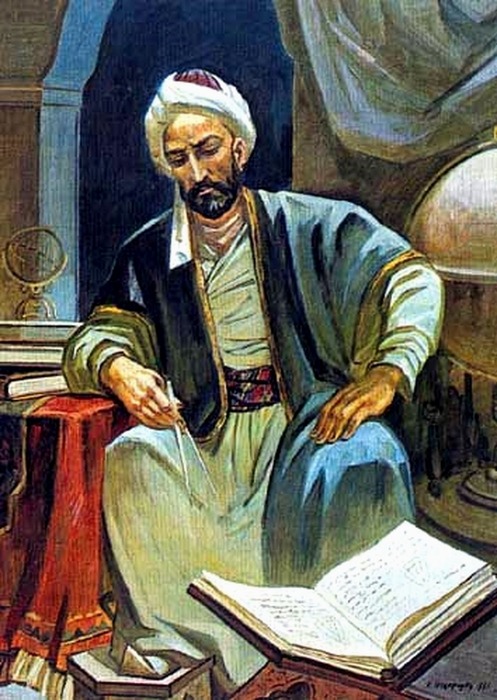





Choose blindless
Red blindless Green blindless Blue blindless Red hard to see Green hard to see Blue hard to see Μονόχρωμος Ειδική ΜονόχρωμηΑλλαγή μεγέθους γραμματοσειράς:
Αλλαγή απόστασης λέξεων:
Αλλαγή ύψους γραμμής:
Αλλαγή τύπου ποντικιού:



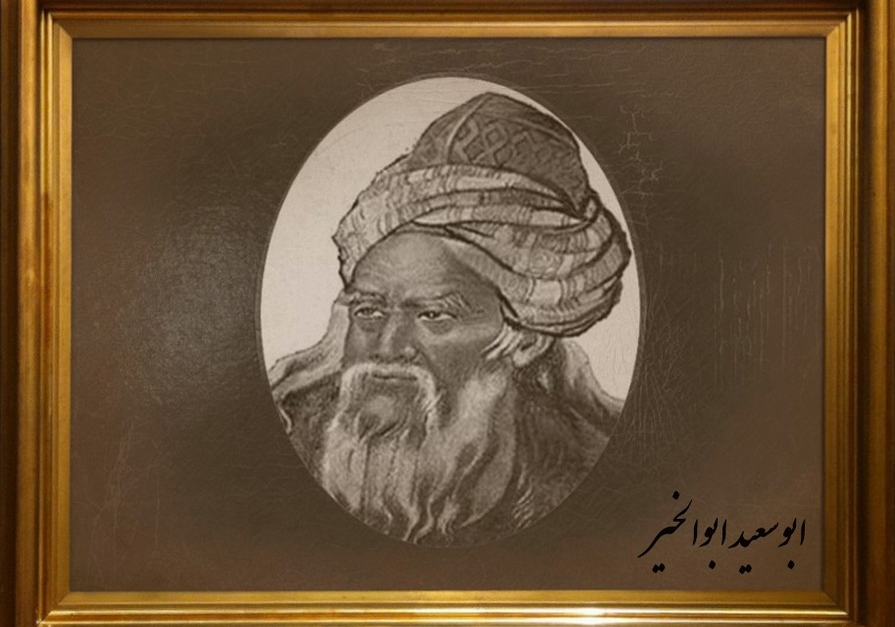
_(AD_865_-_925)_Wellcome_L0005053_crop.jpg)
